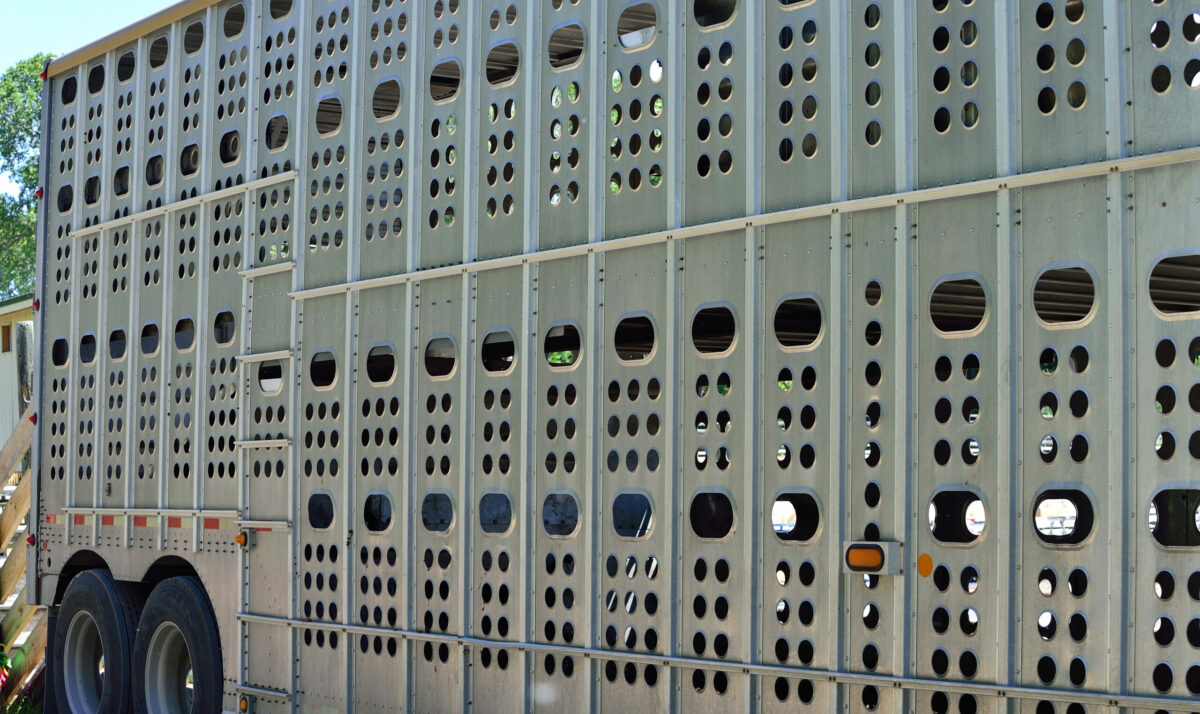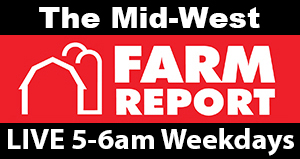
Acclimate weather? Traffic delays? Spooked cattle? Smooth route? It’s all got to be considered when you’re hauling live cargo. And it’s all second nature to Rick Reese of Hortonville, who has been hauling livestock since he was in high school — roughly 50 years.
Reese, who today hauls for JBS, breaks down what it entails to get cattle to the meat processor safely and in quality condition.
Livestock move via truck because it requires less handling — they go from the farm or the sale facility and right to the processor. The less handling the better because it limits sickness and injury.
But what happens when a wrench gets thrown into the plans, such as a blizzard or an ice storm?
“Well first of all, if it’s going to be bad, you don’t load them. You leave them where they’re at because if they’re in a barn… they’re out of the weather,” Reese says. He adds that JBS mandates trailer closures in the winter. “It’s got to be closed up at least 50 percent to keep the cold air out and their body temperature warms up the inside of the trailer.”
In some cases, some animal husbandry is required by the driver. Reese says that by law, trailers can only be in transport for so long before the cattle have to offloaded — it varies by animal and distance.
“You’ve got to find a sales facility in the area,” he explains. “They usually wouldn’t have a problem doing something like that. Prearrange it to go in there and offload. Load them back on a little while later afte the cattle have been rested and watered.”
If you’ve passed a livestock trailer, you may have noticed that the cattle are always standing up. This is a good thing.
“You don’t want them to lay down, because that’s how you get damage to the meats,” Reese says. “Once they’re down — they’re not tight in there, they can walk around — then it can sometimes be a struggle for them to get back up if other cattle is standing over it.”
You can feel the moving cattle behind the wheel.
“Acceleration and deceleration is the worst. You’ve got to drive the truck like you’ve got an egg underneath your foot,” he says. “Real slow, steady acceleration; real slow, steady breaking; and curves to not be fast. Once that trailer moves, they lose their footing.”
Reese says JBS is always looking for drivers — and it takes skill to be able to haul livestock.

Leave a Reply